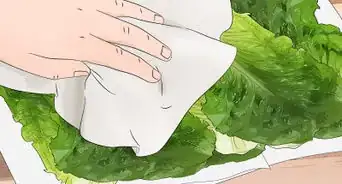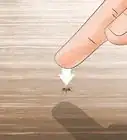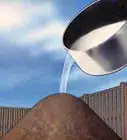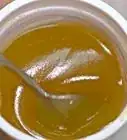This article was co-authored by Chris Parker. Chris Parker is the Founder of Parker Eco Pest Control, a sustainable pest control service in Seattle, Washington. With over seven years of experience, Chris specializes in Integrated Pest Management and doesn’t use any chemicals for pest removal. He offers removal services for ants, rodents, fleas, spiders, wasps, and more. Chris is a certified Commercial Pesticide Applicator in Washington State and received his bachelor’s from the University of Washington.
There are 8 references cited in this article, which can be found at the bottom of the page.
This article has been viewed 90,762 times.
While the lid's off the honey for dining or cooking purposes, you don't want the ants to discover a sweet treat and start spoiling things. One way to ruin a picnic is to find drowned ants in your condiments. Learn the correct way to store honey so that you won't ever have to worry about ants again.
Steps
Storing Honey Properly
-
1Keep your honey jar lid closed tightly. When you're not using your honey or other sweeteners, make sure that any lids or seals are completely closed. This is the easiest way to prevent hordes of ants from going for a swim in your precious condiments.[1]
-
2Wipe down the jar and surfaces after using them. Honey is runny and notorious for leaving drips down the side of the jar or on counters. Any exposed honey will attract ants so clean up after you're done cooking or preparing food. Take a damp paper towel with a little dish soap and wipe down the honey jar and table and place any used utensils in the sink or dishwasher.[2]Advertisement
-
3Store in a glass or plastic container in a room temperature area. Honey is best kept between 70-80 degrees Fahrenheit and away from direct sunlight.[3] A pantry or cupboard is usually the best place for honey as it won't be as affected by the elements. If your honey didn't come in an airtight container, relocate it to a repurposed glass jar or sealed plastic container.
- If you want to keep your honey on the counter, take note of where sunlight comes through your kitchen windows so you can avoid placing your honey in its path.
- Honey does not react well to fluctuations in temperature so try and keep it away from drafty areas and vents in your house.
-
4Keep your honey in the refrigerator. You are able to store your honey in the fridge, but bear in mind that honey will crystallize if it drops below 65 degrees Fahrenheit. As long as you don't cause the honey's temperature to bounce around, a chillier environment is just fine.[4] However, the honey will be a little slower to pour out when you want to use it.
- Place the jar in a bowl or hot water to help break up and dissolve the crystals.
- Honey can also be frozen.
- Be cautious though, any moisture that gets in the honey can cause it to ferment whether in the fridge or pantry. This can produce mead but it does ruin the original honey.[5]
Trapping and Deterring Ants
-
1Make a decoy honey trap. You can redirect ants away from your main honey source by putting a small dish of a spoonful of honey or sugar water outside near your house. Ants will go for this source first and as they consume the dish's contents, refill it and periodically move it away from your house to draw them away.[6]
- Make sugar water by mixing a 1:1 ratio sugar to water. Dissolve the sugar by putting it into hot water and then let it cool.
- Another trap you can make is with peanut butter and bacon grease or a combination of sugar and Borax. Fill a small container with the mixture, place aluminum foil over the top, and poke holes for the ants to get in.
- These diversions will not kill ants, only distract them from your kitchen. You will need to be sure to move the trap away from your house to prevent an invasion.
-
2Construct a moat to catch ants. Ants cannot traverse through water so it's a natural deterrent and protection for your honey. Fill the bottom of a small dish or saucer and place your honey container in it. Make sure you don't overfill it with water, you want just enough for a small pool. This method is best to use if you keep your honey stored out on a kitchen counter.[7]
- Check the plate frequently to ensure that the water hasn't evaporated.
- This method can be used when the lid is lost permanently; just keep adding more water as needed.
-
3Buy ant traps and place them around your house. Store-bought traps are a tried and true ways to capture ants and kill them. The one caveat is that traps only kill ants that make it into your home; it doesn't keep them away. Place traps around your kitchen appliances or any corner that traps dirt and crumbs.
- You can also get outdoor traps that snag the ants before they make it into your home.
- Keep the traps out of reach from children and pets as they contain toxic chemicals.
-
4Eliminate ants without pesticides. If you have small children, pets, or allergies, you may find the best option for your home is to kill persistent ants without chemicals. Set out a dish no the ground with a toxic solution to ants in it, or spray them down directly with vinegar or lemon juice. Borax should work as well.[8]
- In a container, mix 1 part baking soda with 1 part powdered sugar and set it out. The sugar attracts the ants and the baking soda reacts to their digestive systems and they explode.[9]
-
5Kill any ants as soon as you see them. Stay on top of the intruders by squishing them into a paper towel or tissues as soon as you see them. Getting them as soon as you see them will help stall them finding any of your sweets. Depending on the size of your invasion, this may not be practical, but it is a good temporary fix.
Repelling Ants
-
1Wipe down your kitchen surfaces and food containers with vinegar. Mix together 1 part white vinegar with 1 part water and dab it onto a paper towel or put in a spray bottle. Use this mixture to clean countertops, the inside of cupboards, and underneath appliances. You can also spray doorways, windowsills, or anywhere you have seen ants.[10]
-
2Line your home's entrances with household ant deterrents. Ants love sweet things but will stay away from anything bitter, pungent, or spicy. You can use most seasonings in your pantry to sprinkle a continuous trail across doorjambs and window sills. Some common ingredients you can use include:
- Cayenne pepper
- Black pepper
- Lemon juice
- White vinegar
- Cinnamon
- Crushed red pepper flakes
- Garlic cloves cut in half[11]
-
3Draw boundary lines with chalk around your house. Chalk and mineral-based powders will cause ants to stumble and get stuck in the fine powders. Follow the seams of your porch steps, window sills, or anywhere there is an opening to your house that meets the outdoors. Redraw your boundaries after a rainfall or if you start to see ants again.[12]
- You can also seal off your house permanently by using a caulk gun to go over any cracks or any possible tiny entryways. The glue will fill any holes your eye may have missed.
-
4Plant ant-repelling herbs around your house. Create a natural boundary around your house with herbs and plants that naturally keep away pests. You could create a garden area around your doorways or walkways or set up a small windowsill planter. Mint, tansy, yarrow, garlic, and chrysanthemums are some options you can plant.[13]
- For a fun, different plant, get a Venus fly trap to put in a window in your kitchen. They eat ants and are a fun pet alternative for apartments and renters.
-
5Trim back any shrubs or plants around your house. Ants will hang out in bushes or shaded areas. If there are any shrubs that brush up against your house, take some hedge trimmers and chop off any branches that reach out towards your home. While poking around, you may also find the ants' nest that you can then get rid of as well.[14]
Things You'll Need
- Kitchen seasonings
- White vinegar
- Cotton balls
- A paper towel or rag cloth
- Airtight containers
References
- ↑ Chris Parker. Pest Control Specialist. Expert Interview. 21 April 2021.
- ↑ Chris Parker. Pest Control Specialist. Expert Interview. 21 April 2021.
- ↑ http://readynutrition.com/resources/the-natural-pantry-a-long-term-storage-guide-for-honey_31052015/
- ↑ http://readynutrition.com/resources/the-natural-pantry-a-long-term-storage-guide-for-honey_31052015/
- ↑ http://readynutrition.com/resources/the-natural-pantry-a-long-term-storage-guide-for-honey_31052015/
- ↑ http://everydayroots.com/how-to-get-rid-of-ants
- ↑ https://pickmeyard.wordpress.com/tag/how-to-keep-ants-out-of-honey/
- ↑ Chris Parker. Pest Control Specialist. Expert Interview. 21 April 2021.
- ↑ https://www.apartmenttherapy.com/how-to-make-a-natural-homemade-ant-killer-apartment-therapy-tutorials-189111
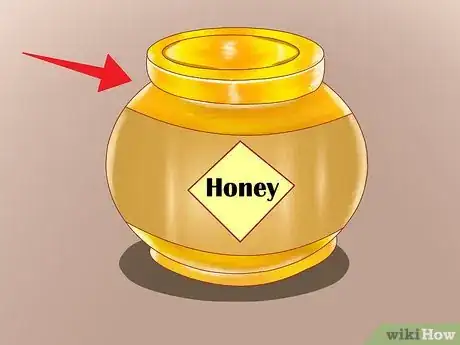

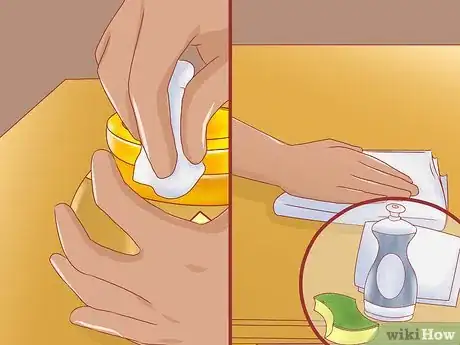
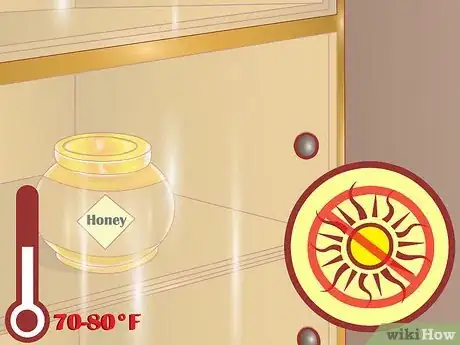
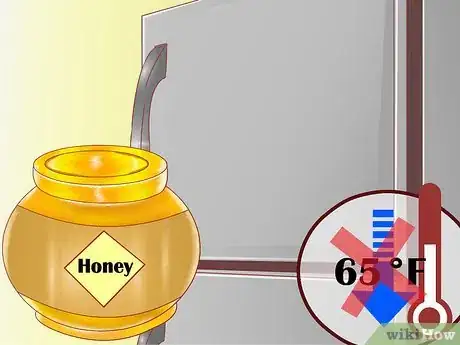
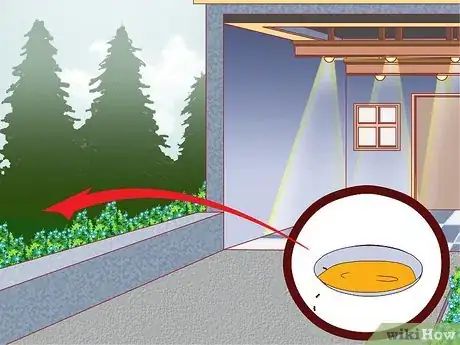



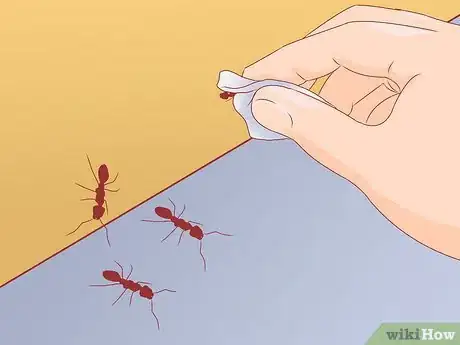

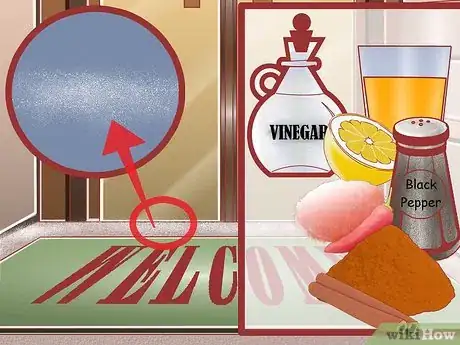
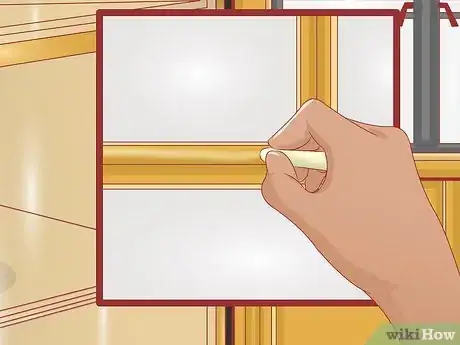
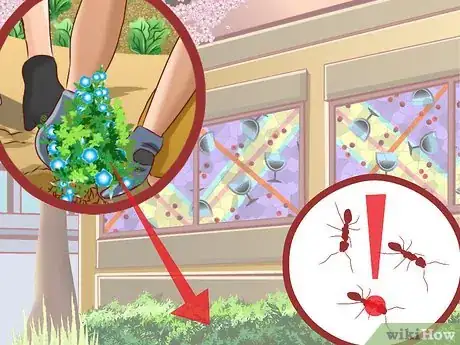
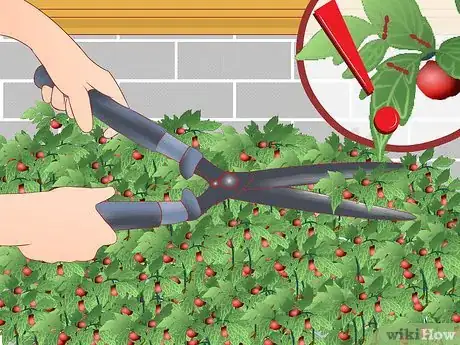



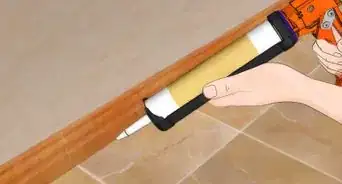
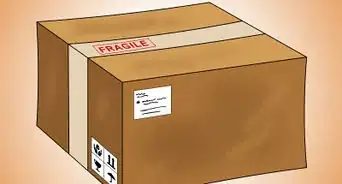


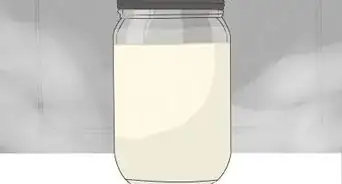
-Step-11.webp)

